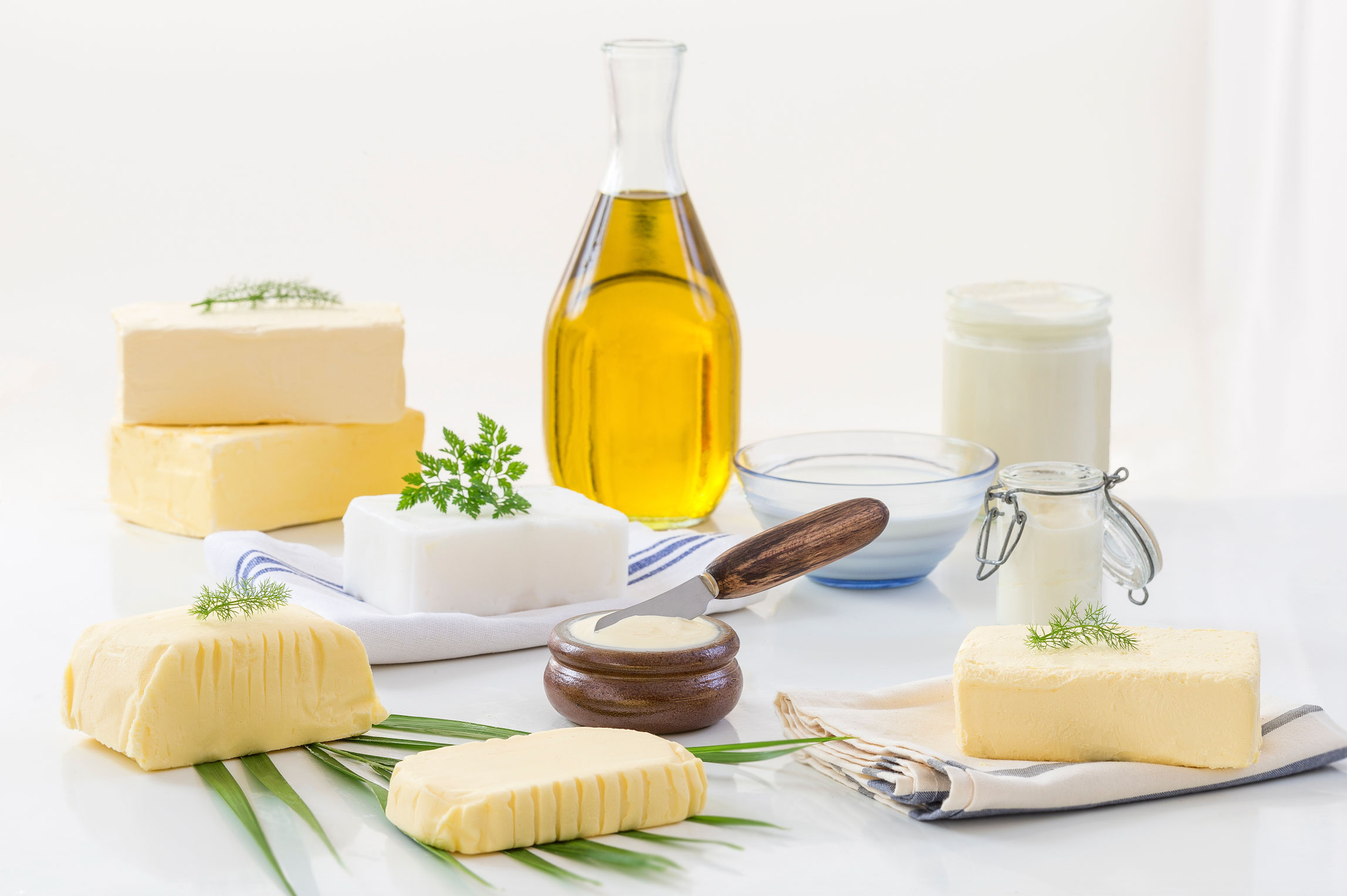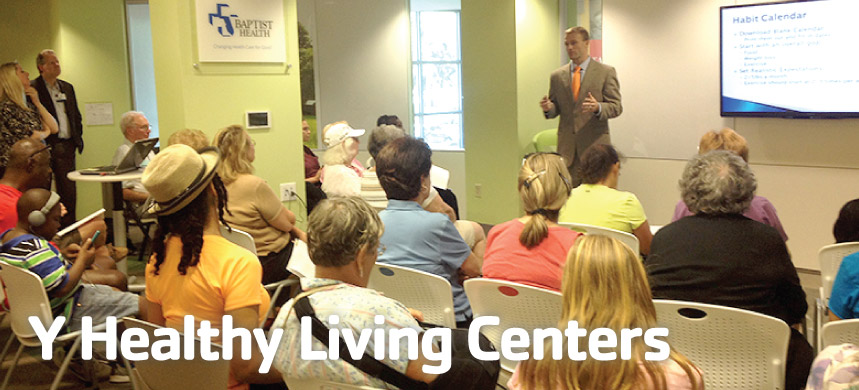Recently you may have heard the term languishing. It’s that kind of “blah” feeling. Maybe you remember a time when you felt unmotivated, stagnant, not sad, but not-happy-either feeling. That is languishing and more and more people are expressing this feeling.
Languishing, What Is It?
The word languish means to fail to advance or make progress; the failure to be successful. Think of a project that you put off or something you placed on the self that has just been sitting there. That’s languish. It’s a real valid emotion that may affect how you function in the world.
According to PyschCentral here are some signs:
- Moods that are not too high or too low (you’re not happy, but you wouldn’t say you’re sad either)
- Feeling unmotivated more often than usual
- Feeling unsettled but not highly anxious
- Difficulty focusing on certain tasks, especially some days more than others
- Feeling detached from life, tasks, or people but not experiencing negative emotions toward them
- Apathy toward life and difficulty getting excited about anything
- Fatigue and burnout
- Loss of interest in passions and hobbies
- Feelings of stagnation
- Feeling disconnected from your purpose in life
It’s extremely important to note that not everyone who is languishing will experience it in the same way or with the same intensity. In general, languishing may affect some of your decisions, behaviors, and emotions toward yourself, others, and the world.
How to Thrive in Languish
Now that we know what languishing is, how can we live to thrive or flourish instead?
In an article written on VeryWellHealth.com researchers Corey Keyes, PhD & Matthew Iasiello, MA look at mental health as multi dimensional. That life satisfaction – a sense of earning, interactions with society & positive relationships – are all concepts that are tied to our sense of mental well-being.

So what can we do? Here are a few practices to consider:
- Mindfulness. Mindfulness involves intense focus and awareness of what you’re sensing and feeling, moment by moment, without judgment. It has been shown to help people relax and reduce stress.
- Physical well-being. Moving our body for enjoyment, eating nutrient dense food, and allowing our body to have plenty of quality sleep are important for both physical and mental well-being.
- Journaling. The practice of keeping a journal can help you express your thoughts and see patterns in daily behavior. It can also be a space to focus on what you’re grateful for and what positive moments happened during your day. It may even help you identify signs of languishing early.
- Be creative. Exploring your creative side can help engage your mind and encourage focus in other areas of your life. Identifying a hobby that brings you joy can help to release your mind when it is feeling stressed. Many studies have shown that art therapy also helps to explore emotions without having to verbalize them.
- Maintain relationships. Languishing may make you want to shy away from social settings and isolate yourself. Keeping in touch with community, family and friends can be an important part of feeling connected and can help you feel supported.
- Change of scenery. Sometimes your environment may influence how you feel. A change of scenery could come in the form of time away for vacation, a walk outside, or heading to your favorite quiet spot to read a book. Maybe you need to switch up the environment of your daily routine. If you feel that your home or work environment may be contributing to languishing, try decluttering, changing the color of the walls, adding artwork, rearranging furniture, switching your workspace to a new room, or adding some fresh flowers or plants. As you introduce these small changes, notice how they affect how you feel.
- Volunteer for community service. Socialization can be an important part of mental wellness for some people. Providing your community with a service, such as working at a food pantry, may not only help you feel connected to a higher purpose, but also improve the lives of people in your community.
- Learn new skills. Learning something new affects your brain and also helps you improve focus. It may even help you feel motivated and establish small goals that could build up a sense of accomplishment. This, in turn, could improve how you feel. Try out a new recipe, practice sewing, tend to your garden, pick up an instrument, learn to woodwork, the list goes on and on.
- Seek professional help. If you feel you’re doing a few things but your mood doesn’t improve, consider reaching out to a mental health professional.
- Set clear goals and responsibilities for team members that you all agree on.
- Inquire about flexibility in work schedules.
- Ask for resources available to you as an employee.
- Give praise and acknowledgement to others.
- Be clear on how you like to receive constructive feedback, praise, and acknowledgement.












